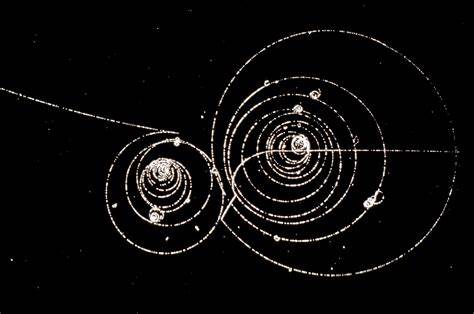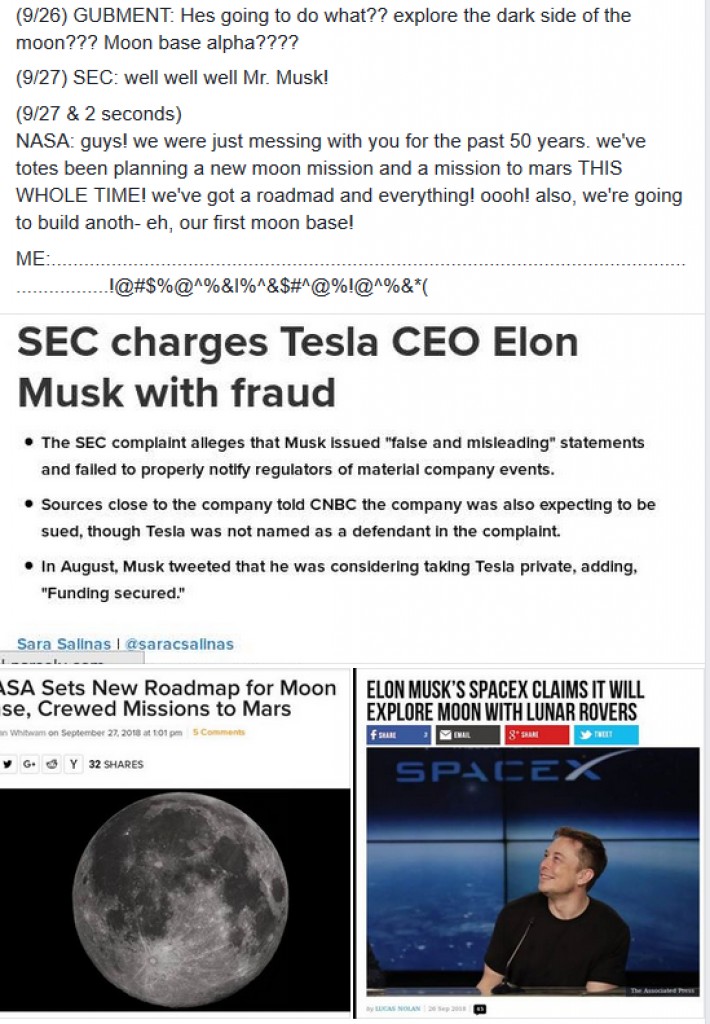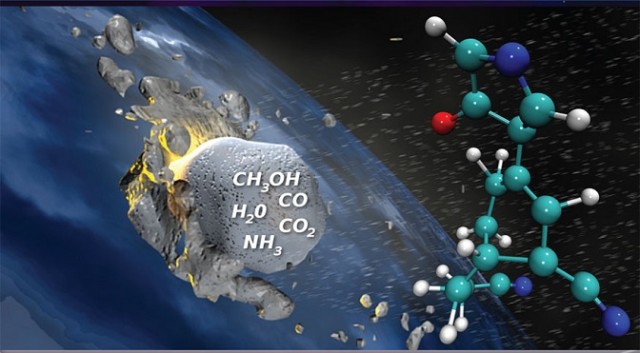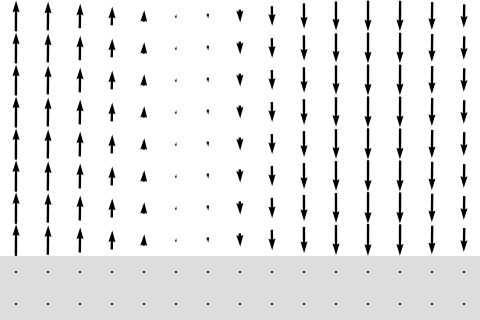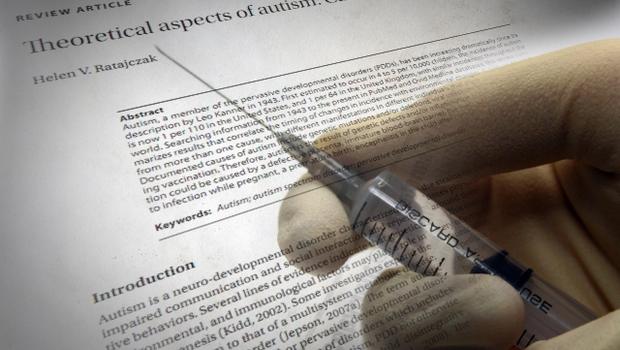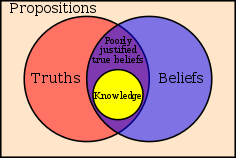
One of the more direct concerns of this past century has consistently been the rising levels of CO2 produced by a large percentage of our energy consumption..
Microfluidics by definition is, “a multidisciplinary field intersecting engineering, physics, chemistry, biochemistry, nanotechnology, and biotechnology, with practical applications to the design of systems in which low volumes of fluids are processed to achieve multiplexing, automation, and high-throughput screening” (1). This being said, the study of microfluidics is becoming an increasingly essential component in regards to its applications towards all fields of science; Engineers are to be the backbone of this field in when taking into account the design and correct implementation of these systems. The looming threat of increased energy consumption, combined with a finite amount of resources available to our world, would push this field more towards efficiency in all aspects of generating and retaining various forms of energy.
One of the more direct concerns of this past century has consistently been the rising levels of CO2 produced by a large percentage of our energy consumption. When I was a child, I would take note of the trucks passing by on the freeway billowing smoke out of their exhaust only to be left stagnant in our atmosphere. I can recall, at that young age, expressing an interest in one day creating a mechanism in which these emissions would be gathered by an apparatus attached to these large vehicles that not only prevented these emissions from being released, but would also recycle them internally to be reused as fuels. This internal system suggests the requirement of a fuel cell, a device that generates electricity by chemical reaction. In our recent age, fuel cells have been barricaded by the presence of carbon monoxide, CO, due to the cost and size of a process called, the water gas shift. The water gas shift process, which is a process that enables the reaction of carbon monoxide and water vapor to form carbon dioxide and hydrogen, has been essential in producing hydrogen rich gas from hydrocarbons such as: gasoline, ethanol or natural gas.
As of recent, thanks to the minds of the chemical and biological engineers at UW – Madison, this barrier has not only been surmounted, but harnessed. In reference to carbon-monoxide, James Dumesic, professor of chemical and biological engineering, has stated, "It has a lot of energy in it. If you take a hydrocarbon and partially oxidize it at high temperature, it primarily makes CO and hydrogen. Conventional systems follow that with a series of these 'water-gas shift' steps, Our discovery has the potential of eliminating those steps. Instead, you can send the CO through our process, which works efficiently at room temperature, and takes the CO out of the gas to make energy." (2)
Of course, Biofuels would be a great alternative in efforts of relieving CO2 emission, as well as being a better source for the previously mentioned process, because they would produce CO and hydrogen in near equal amounts. Keeping in mind that transitions of this magnitude take time, a theoretical apparatus that could potentially reduce CO2 to CO, would be ideal. In conjunction with this idea, research on the direct electrochemical reduction of CO2, has previously shown that several products can be produced including: formic acid, carbon monoxide, methane, ethylene, and methanol. These products have a variety of applications when it comes to chemical production and reclamation of byproducts produced by energy consumption. One insurmountable implementation, is that the electricity used to convert the CO2 must be renewable or form a carbon neutral source, otherwise more CO2 would be emitted in producing the electricity than would be reduced in the process.
Since the consumption of fuel produces CO2, water and heat; the first step in my theoretical idea, would be a successful conversion of CO2 into CO gas, which to start is less of an environmental hazard when compared to CO2. A microfluidic fuel cell would be necessary for this conversion. A microfluidic fuel cell is best defined as, “a fuel cell with fluid delivery and removal, reaction sites and electrode structures all confined to a microfluidic channel. Microfluidic fuel cells typically operate in a co-laminar flow configuration without a physical barrier, such as a membrane, to separate the anode and the cathode.” (3). which can best be described in the depiction represented in citation (4). As we supply electricity to a microfluidic cell, CO2 reduces to CO and water reduces to H2.
The water can be siphoned via the achievement of laminar flow through carbon Nano-tubes. “Generally, inertial focusing devices are operated in a manner such that particles focus to equilibrium positions and then flow streams containing particles of different sizes, shapes and mechanical properties are separated into different outlets designed to split the flow.” (5). The output of the individual sections of tubing can be directed such that it would equivalently flow in conjunction with both the O2 gathered from the reduction of CO2, and small disbursements of fuel through a parallel tube. Keeping in mind that the vibrations and causticity of the fuel can deteriorate the membrane used to separate both of the channels when they converge, a gyroscopic housing can be implemented protect these cells when exposed to the conditions of a moving vehicle.
As the H2 ¬will be used directly in the proton exchange, The CO byproduct would still present a detriment to this system in terms of efficiency. The third element to the system, heat, can be directed in most part towards the carbon monoxide. Being that “ CO can produce a completely dry hot gas if the combustion air is dried, this may be a great particle to use in places where a very hot, but completely dry gas product is needed.” (5). The gaseous product would be dry due to the previous siphoning of H2O aforementioned in the previous process. Future promise in research directed towards the selective cleavage of C-O bonds Vs. C-C may also present a feasible way to oxidize the inert byproducts of emissions and make them combustible to be used in additional parts of this system.
Though this system has not been implemented in the real world as of yet, each element of its entirety has been formulated by the researchers and developers mentioned in the sources. Below is a representation of the system put in use by a modern automobile:
Sources:
1) Volpatti, L. R.; Yetisen, A. K. (Jul 2014). "Commercialization of microfluidic devices". Trends in Biotechnology 32 (7): 347–350.
2) James Dumesic, professor of chemical and biological engineering, paragraph 3
http://phys.org/news/2004-08-method-capture-carbon-monoxide-energy.html
3) Erik Kjeang, Microfluidic fuel cells: A review
http://www.sciencedirect.com/science/article/pii/S0378775308019186
4) http://pubs.acs.org/cen/images/8213/8213notw1aa.ce.gif
5) D.G. Walker “carbon monoxide as fuel” https://web.anl.gov/PCS/acsfuel/preprint%20archive/Files/Merge/Vol-18_3-0001.pdf
The daily dialectics was devised in efforts of exposing devious tech derived from major companies. The highlights of which are Google and Facebook. Over the past decade they have worked together in lieu of the development of a wireless power network integrated into our most populated areas worldwide. Most notably 2017 - 2018 was the year of the final patent approvals. Facebooks Line of Sight system can receive the dense wave form emitted by the waveguide attached to Googles Goubau Launchers. Both are capable of ultra-low, microwave, up to THZ frequencies depending on ambient conditions and intention of dispersal.



In an age where truths are akin to fiction in the minds of the masses, fiction is a key component in societal control. Reprogram your programmer's programming; join the dialectic.
Contact us:
thedailydialectic@outlook.com
In an age where truths are akin to fiction in the minds of the masses, fiction is a key component in societal control. Reprogram your programmer's programming; join the dialectic.
Contact us:thedailydialectic@outlook.com


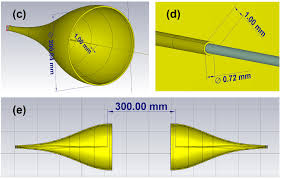




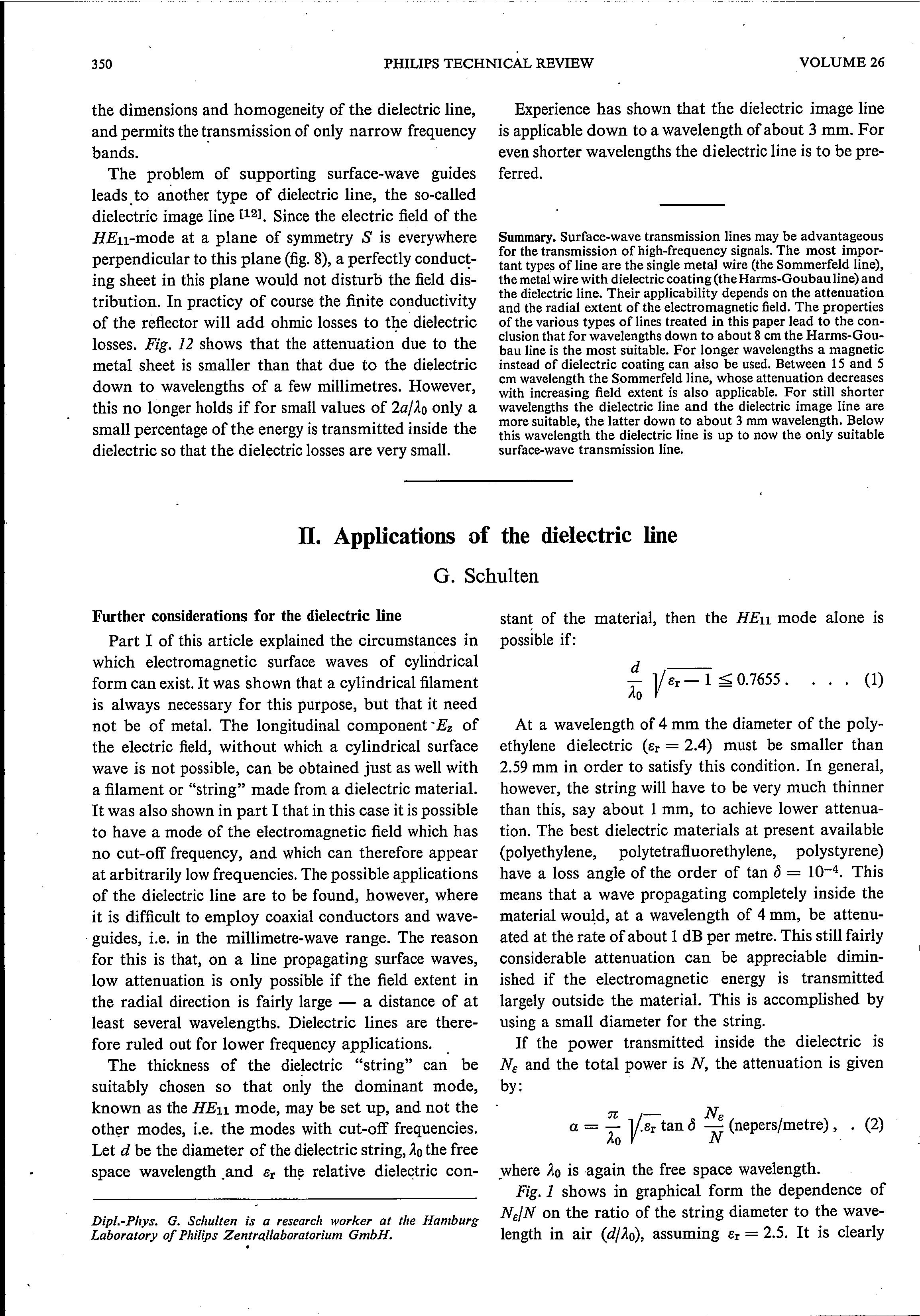

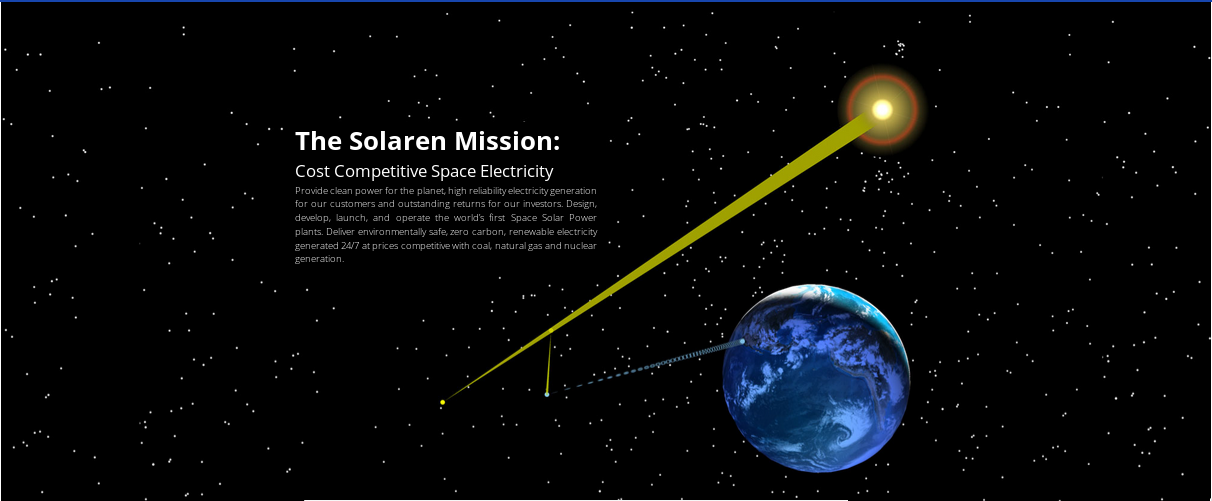
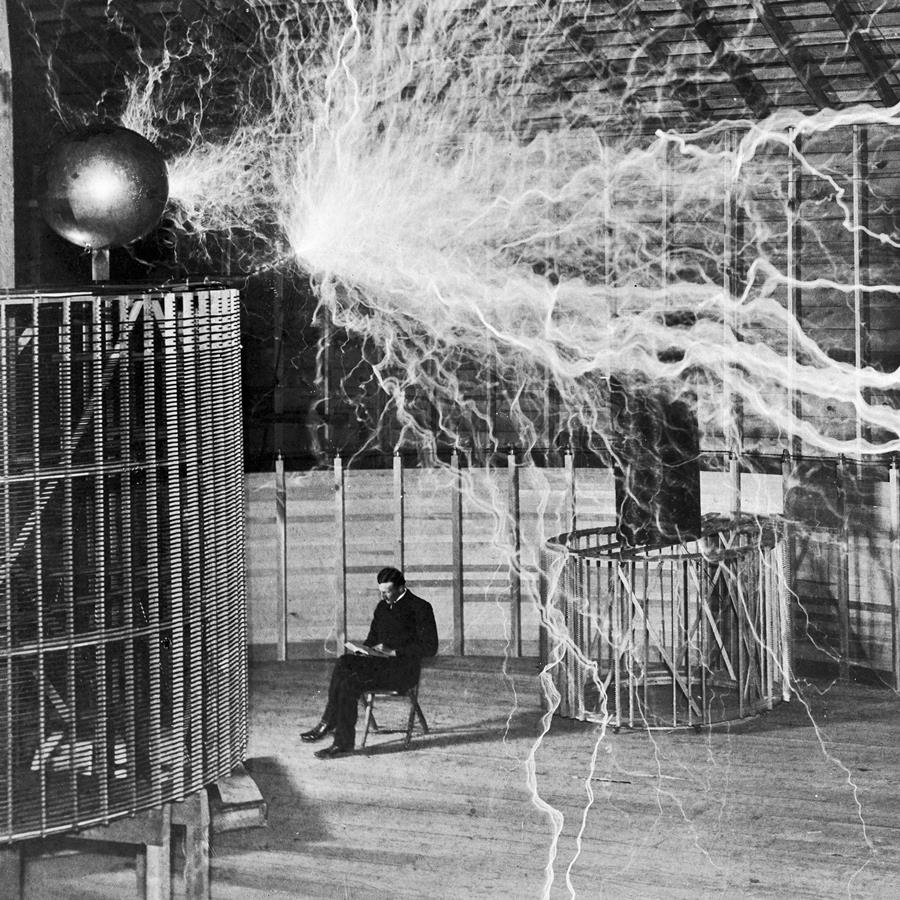
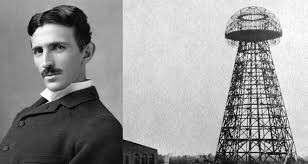
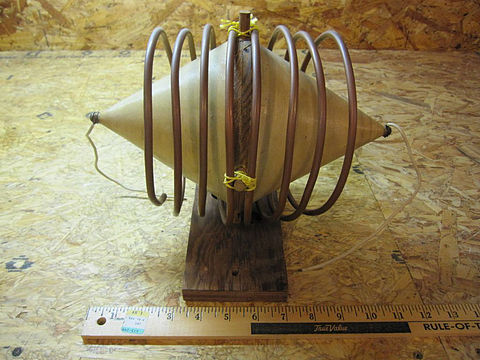


/HTML/20 Bedini_files/bigguy1.jpg)






